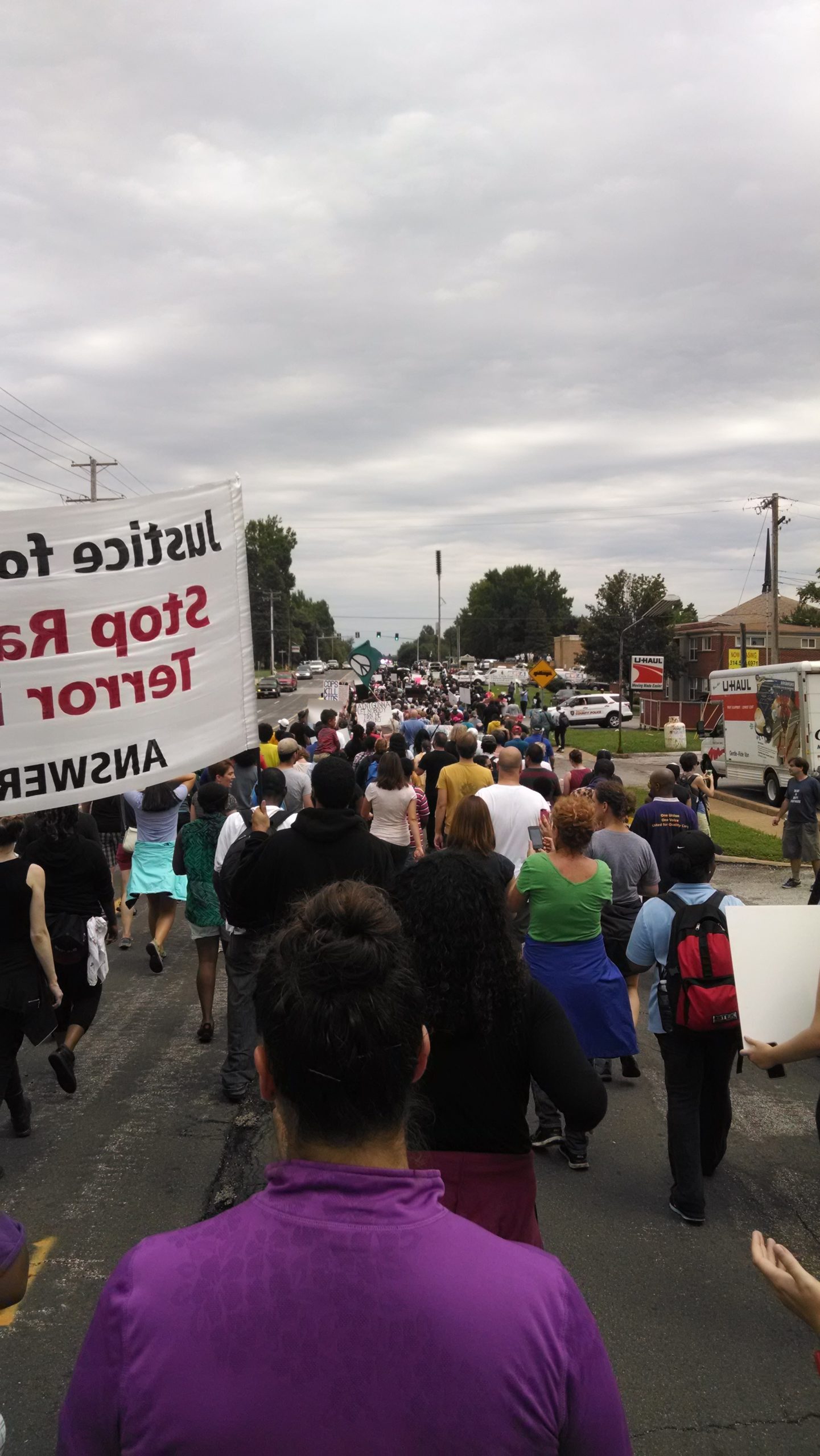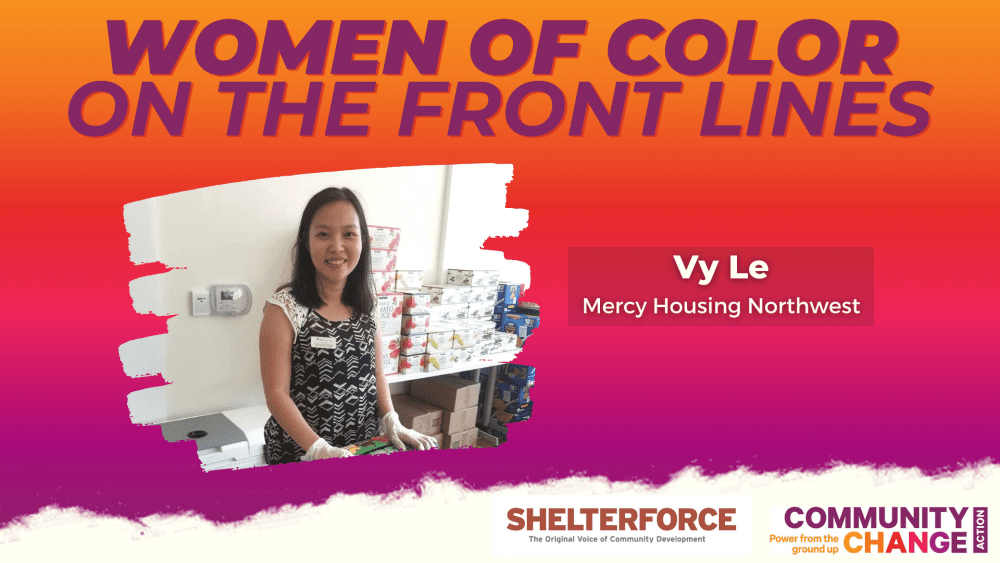The situation in Ferguson, MO continues to be volatile, news cycle after news cycle. A second young person, a Howard University grad, was shot, members of the national press have been arrested, tear gas has been fired night after night at protesters, and this morning the National Guard has been called out to restore order.
The roots of this terrible conflict began long ago with white flight. St. Louis is one of the most segregated cities in America. Ferguson, once a destination for whites fleeing from St. Louis city, later became one of the few deliberately organized multiracial inner suburbs in the area. Its population boasts impressive racial diversity: 67percent African American, 29 percent white. Unfortunately, the police force does not reflect this diversity. It is 95 percent white, and there is only one African American on the city council.
Late last year, more seeds for today's conflict were sown in a public school battle that continues today. Recent changes in Missouri's education system, forced by an obscure state law detailed earlier in Rooflines, enabled the transfer of more than 2,000 largely African-American children in inner ring suburban school districts to mostly higher achieving school districts. Ferguson welcomed hundreds of these children. Then, in a surprise move, the largely white local school board seemed to force their popular African-American superintendent, Art McCoy, to resign.
Community meetings were held by state officials, local school districts, and groups like Beyond Housing and Metropolitan Congregations United (MCU). The unrest and dis-ease in the entire St. Louis area was papable. Many were saddened by news coverage of the blatantly racist statements by white parents in many of the receiving school districts.
As the 2014–15 school year began, some students were forced to return to their home districts while others were allowed to stay at their new schools, a decision which is still being played out in the courts. A permanent solution to the disparity of resources and achievement in Missouri's public schools has yet to be found.
How can community organizing help at moments like these? It's hard. Violence can always overcome reasoned policy solutions or measured demands for justice. But ultimately, the grassroots leaders in Ferguson, Florissant, Normandy, and other affected areas know better than any policy expert what needs to happen in their communities to solve this problem.
The listening tools, consensus building techniques, and the discipline that organizing teaches will all be used by area pastors and leaders in the months to come. It's just too bad that all of these efforts can bring only justice and healing in the short and long term, instead of immediately.
Photo by Langston Barrett.





Comments